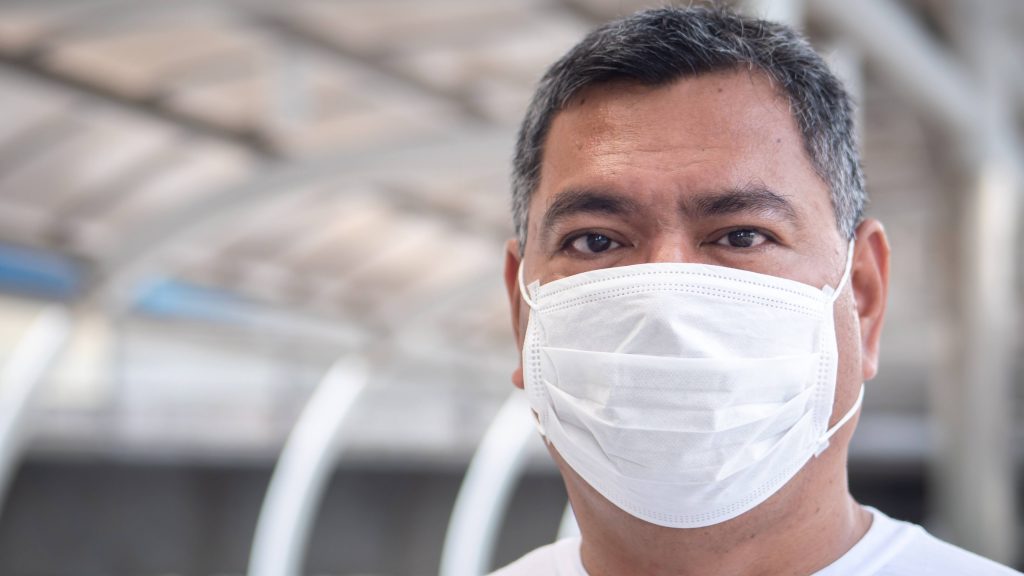
Lung cancer is the second most common type of cancer and the leading cause of cancer death in the U.S. By the time lung cancer symptoms develop, the disease is usually too far advanced to cure. Studies show that lung cancer screening reduces the risk of dying from the disease.
Screening is usually reserved for people who are at highest risk. It uses a low-dose CT scan to create images of the lungs and detect abnormalities that might lead to a cancer diagnosis. The U.S. Preventive Services Task Force recently updated its lung cancer screening guidelines. It recommends annual lung cancer screening for adults ages 50–80 who have a 20 pack-year smoking history ― that's someone who smoked a pack a day for 20 years or two packs a day for 10 years ― and currently smoke or quit within the past 15 years. This new screening guideline lowers the minimum age from 55 and smoking history from 30 pack-years.
"One of the most important reasons I think that the United States Preventive Services Task Force has created these different guidelines to include lower age and less pack-year smoking history is that it's very important for us to reach patients that we've not reached in the past ― for example, Blacks, Latinos, Native Americans, etc. Those patients typically have not been enrolled in these kinds of trials, and they're at higher risk for developing lung cancer," says Dr. Karen Swanson, a Mayo Clinic pulmonologist and critical care specialist.
Watch: Dr. Karen Swanson discusses new lung cancer screening guidelines.
Journalists: Broadcast-quality sound bites with Dr. Swanson are available in the downloads at the end of the post. Please courtesy: "Karen Swanson, D.O. / Pulmonary and Critical Care Medicine / Mayo Clinic"
The U.S. Preventive Services Task Force reports an especially higher rate of lung cancer among African American men, which the updated screening recommendation would address.
"I totally understand lowering the age range to try to capture those patients. But the only way we can capture those patients is getting into the community and reaching out to those patients," says Dr. Swanson.
She says it's important that people become more aware of the risks of lung cancer and talk to their local health care providers.
"Patients should talk to their primary care provider about lung cancer screening, especially if they have any history of smoking. And primary care providers can help get them into lung cancer screening programs if they are between the ages of 50 to 80 years old and have a 20 pack-year history or more, and if they're currently smoking or if they've quit smoking within the last 15 years," says Dr. Swanson.
_________________________________________
For the safety of its patients, staff and visitors, Mayo Clinic has strict masking policies in place. Anyone shown without a mask was either recorded prior to COVID-19 or recorded in a nonpatient care area where social distancing and other safety protocols were followed.







